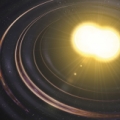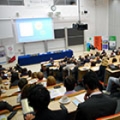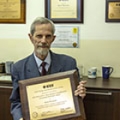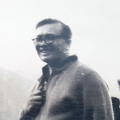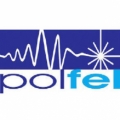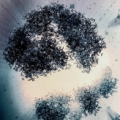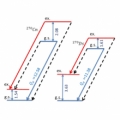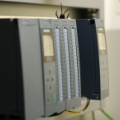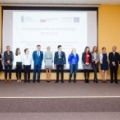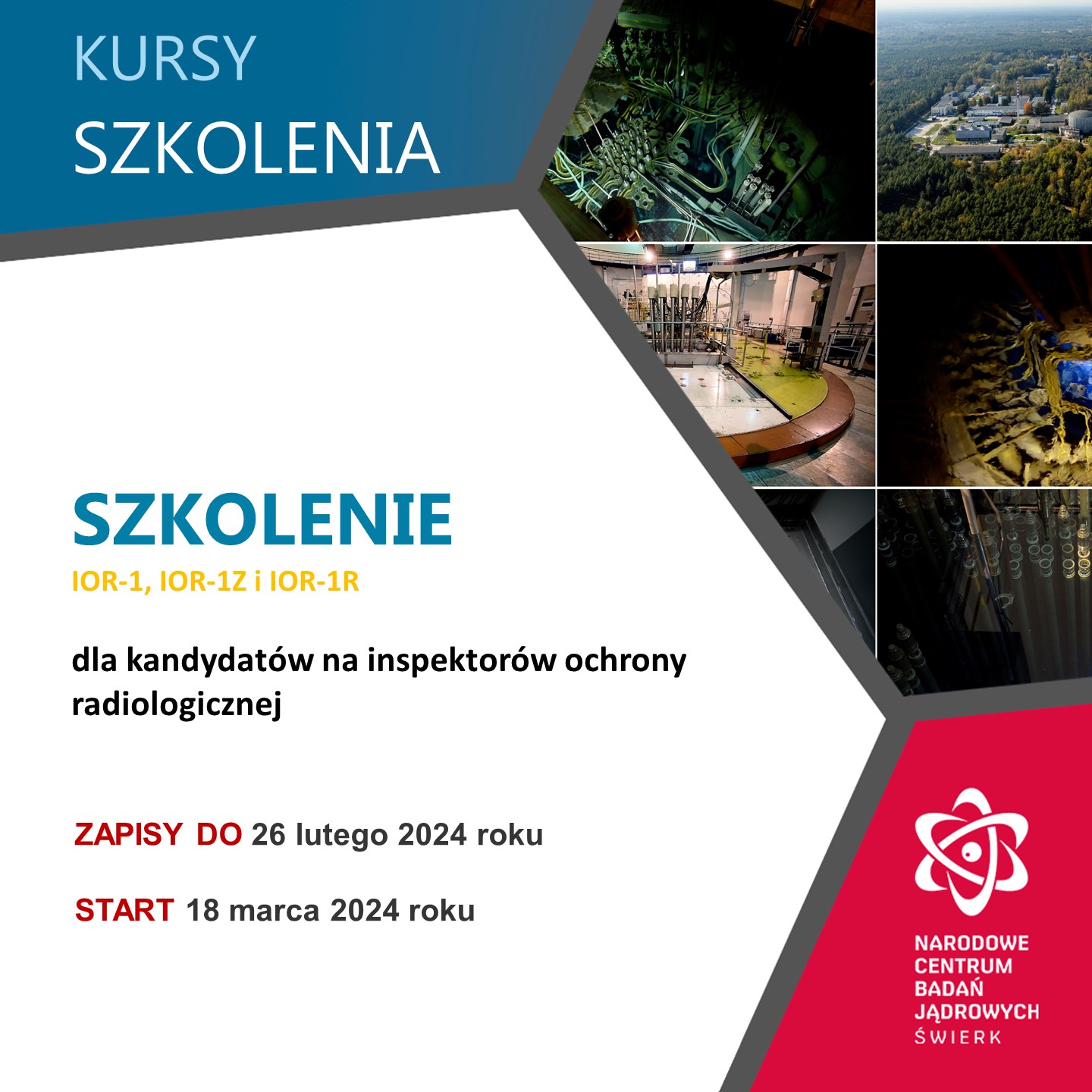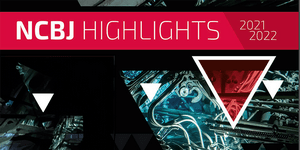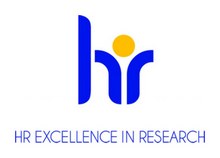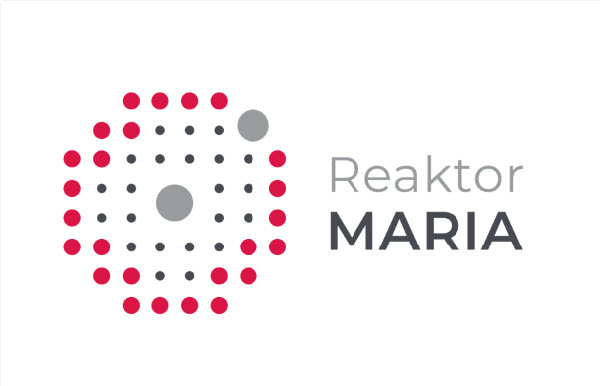Detection of four additional gravity wave signals
2018.12.03 - Marek Pawłowski
Analysis of data from Advanced LIGO detectors revealed four new sources of gravitational waves. The signal GW170729 is connected to the most massive and distant source that was observed so far. Another one, GW170818, was discovered thanks to global network of three LIGO-Virgo detectors. It corresponds to the binary system located around 2,5 bilion light years from Earth.
----
10th School on Nuclear Power amassed over 200 listeners
2018.11.30 - Marek Pawłowski
On 26th – 29th November 2018 in Warsaw, Świerk and Różan, lectures and workshops of tenth edition of School on Nuclear Power were held, organized by NCBJ, Faculty of Physics University of Warsaw and ZUOP. The attendees had a chance to listen to presentations of 20 lecturers from the whole world, discuss the project „Polish Power Policy to year 2040 [Polityka Energetyczna Polski do 2040]” and take part in educational excursions.
----
Professor Marek Moszyński awarded by IEEE NPSS
2018.11.21 - Marek Pawłowski
On 12th November 2018 Professor Marek Moszyński was given an award of Glenn F. Knoll in Sydney on annual Nuclear Science Symposium of Institute of Electrical and Electronics Engineers (IEEE-NSS). In the inscriptions of this award it was stated: "For outstanding contribution to the modern scintillation detectors in application to physics, medicine and homeland security". Professor Moszyński explains what this award is (YT).
----
Memento of Professor Roman Żelazny by Krzysztof Andrzejewski
2018.11.13 - Marek Pawłowski
... We have gotten a permission for purchase from USA, but under condition, that the computer would be frequently inspected by the Americans, which in turn required to break the local reluctance. This was achieved and in 1973 CYBER 72 was placed in Świerk in the CYFRONET computing centre, that was led by Professor Żelazny. The institute employed about 100 people, both with Reactor Computing Division. ...
----
Agreement on funding the construction of PolFEL signed
2018.10.31 - Marek Pawłowski
NCBJ Director General Professor Krzysztof Kurek and Director of National Information Processing Institute Dr Olaf Gajl, have signes an agreement on funding the construction of Polish free electron laser in Świerk. It is the next step in implementation of this investment. Professor Kurek mentioned this project during an inauguration on cybersecurity conference (video).
----
NCBJ and Kozminski University will cooperate in the field of Big Data
2018.10.18 - Marek Pawłowski
On 16th October 2018 an agreement on scientific and educational cooperation between Kozminski University and National Centre for Nuclear Research was signed. The range of the agreement includes, among other things, joint leadership in research projects, development of analytic tool and implementation of artificial intelligence in analysis of huge sets of data.
----
Isomers of superheavy elements can be much more stable than assumed so far
2018.10.17 - Marek Pawłowski
Work of a team of theoreticians from NCBJ and University of Zielona Góra points, that some isomeric states of superheavy elements can have half lives measured in seconds, so tens of thousands times longer than half lives of their very unstable ground states. Should such exotic nuclear states be produced experimentally, they will be stable enough to research their chemical properities.
----
CyberLAB in Świerk efficiently researches cybersecurity
2018.10.16 - Marek Pawłowski
Recently launched NCBJ's Laboratory of Cybersecurity has recorded its first success: the scientists discovered a dangerous loophole in default software of a widely used logic driver PLC utilized, for example, in nuclear installations. The manufacturer has already fixed the issue and recommended the necessary adjustments to all its clients.
----
Over 200 specialists from the whole world discuss high temperature reactors in Warsaw
2018.10.09 - Marek Pawłowski
The cyclical world conference on high-temperature reactors HTR 2018 is happening in Warsaw. Thie year's ninth edition is organized by National Centre for Nuclear Research. Scientists, practicians and decision-makers from five continents are discussing, among other things, the perspectives of quick implementation of HTR technology in countries with advanced chemical industry, such as Poland.
----
RadFarm Doctorate Studies Inauguration
2018.10.09 - Marek Pawłowski
On 4th October doctorate studies were inaugurated in Świerk under RadFarm project - Radiopharmaceuticals for molecularly targeted diagnostics and medical therapy. 17 listeners will be attending the lectures and led their own research in four cooperating scientific units. The course is co-funded by National Centre for Research and Development's POWER programme.
----





